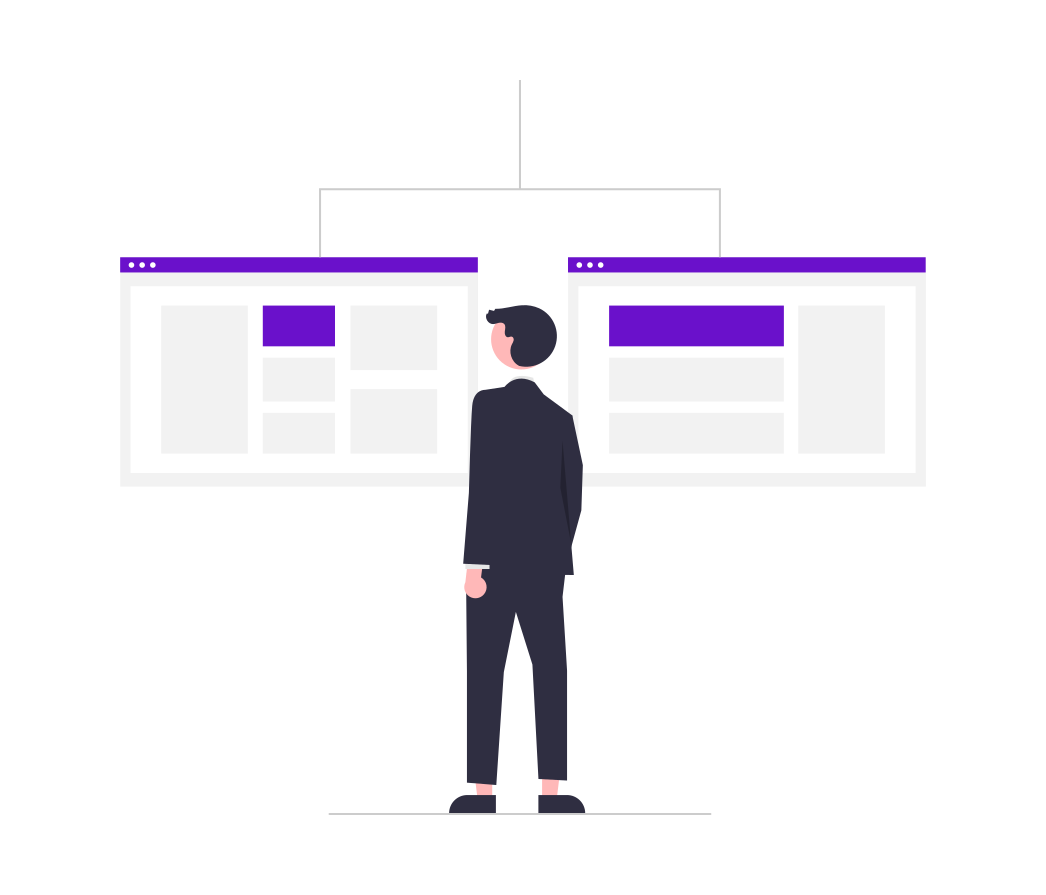A/B testing, a method widely adopted in marketing, involves comparing two versions of a campaign element to determine which performs better. While basic A/B testing might focus on simple variables like subject lines or call-to-action (CTA) buttons, advanced A/B testing in the context of Account-Based Marketing (ABM) delves much deeper. When you combine A/B testing with ABM, you’re not just optimizing a campaign—you’re fine-tuning your approach to target accounts, ensuring that every interaction is as effective as possible.
The Importance of A/B Testing in ABM
ABM is all about precision and personalization. Unlike broad-based marketing strategies, ABM targets specific accounts with tailored messaging. In this context, A/B testing becomes an indispensable tool for marketers who need to continuously refine their tactics. Testing helps ensure that each interaction with a target account is optimized to move the account further along the buyer's journey.
However, A/B testing for ABM is different from traditional testing due to the personalized nature of the campaigns and the smaller audience sizes. Traditional A/B testing might focus on large-scale audience behavior, but ABM requires a granular approach that takes into account the unique characteristics of each target account.
Advanced Techniques for A/B Testing in ABM
1. Multivariate Testing for Micro-Targeting
While A/B testing typically involves changing one variable at a time, multivariate testing allows you to test multiple variables simultaneously. This is especially useful in ABM, where you might want to test different combinations of messaging, visuals, and offers across multiple accounts or segments.
For example, you can test different versions of a landing page that include various headline and CTA combinations. By analyzing which combination yields the best engagement, you can quickly identify what resonates most with each account segment.
2. Sequential Testing for Complex Buyer Journeys
In ABM, the buyer’s journey is often more complex and involves multiple touchpoints across different channels. Sequential testing involves testing one variable at a time across different stages of the buyer's journey, rather than testing multiple variables at a single stage. This approach allows you to refine your messaging and tactics at each step, ensuring that each interaction is optimized.
For instance, you might first test the effectiveness of a personalized email subject line in the awareness stage, followed by testing the impact of personalized content on a landing page in the consideration stage.
3. Adaptive Testing for Real-Time Optimization
Adaptive testing is a more advanced approach where the test is adjusted in real-time based on initial results. Unlike traditional A/B testing, which runs tests for a set period before making changes, adaptive testing allows you to dynamically allocate traffic to the better-performing variant as the test progresses.
This is particularly useful in ABM, where the window of opportunity to engage with a target account might be narrow. Adaptive testing ensures that you're always showing the best-performing content to your most valuable prospects, maximizing the effectiveness of your campaign.
4. Personalization Testing for Account-Level Insights
Personalization is a key component of ABM, and testing how different personalized elements perform can yield significant insights. Rather than testing broad elements, focus on testing the impact of personalization at the account level. This could include personalized offers, account-specific messaging, or even individualized visuals.
By conducting A/B tests on these personalized elements, you can determine which types of personalization are most effective for specific accounts or account segments. This helps ensure that your personalization efforts are truly driving engagement and not just adding noise.
5. Cross-Channel Testing for Integrated Campaigns
ABM campaigns often span multiple channels, including email, social media, and direct mail. Cross-channel testing involves testing the effectiveness of your messaging and tactics across different channels to understand how they perform in a coordinated campaign.
For example, you can test whether a certain message performs better when delivered via email versus LinkedIn. This helps you allocate resources to the most effective channels and ensures that your messaging is consistent and effective across all touchpoints.
Implementing Advanced A/B Testing in Your ABM Strategy
To effectively implement these advanced A/B testing techniques in your ABM campaigns, consider the following steps:
-
Define Clear Objectives: Start with a clear understanding of what you want to achieve with your A/B tests. Whether it’s improving engagement, increasing conversion rates, or optimizing personalization, having a clear objective will guide your testing strategy.
-
Segment Your Audience: ABM is all about targeting specific accounts, so segment your audience accordingly. This allows you to tailor your A/B tests to the unique characteristics of each account or segment.
-
Use the Right Tools: Advanced A/B testing requires sophisticated tools that can handle multivariate, sequential, and adaptive testing. Ensure that your marketing automation platform or ABM software supports these capabilities.
-
Monitor and Adjust: A/B testing is not a one-time activity. Continuously monitor your results and be prepared to adjust your tests based on the data. The goal is to constantly refine your approach to achieve the best possible outcomes.
-
Analyze and Apply Insights: After conducting your A/B tests, analyze the results to gain insights into what works best for each account or segment. Use these insights to inform your future ABM strategies and continuously improve your campaigns.
Conclusion
Advanced A/B testing techniques are critical for optimizing ABM campaigns, where precision and personalization are key. By employing methods like multivariate testing, sequential testing, adaptive testing, personalization testing, and cross-channel testing, you can ensure that every aspect of your campaign is finely tuned to resonate with your target accounts. As you refine your approach through these advanced techniques, you’ll be better equipped to drive engagement, conversions, and ultimately, revenue from your ABM efforts.


